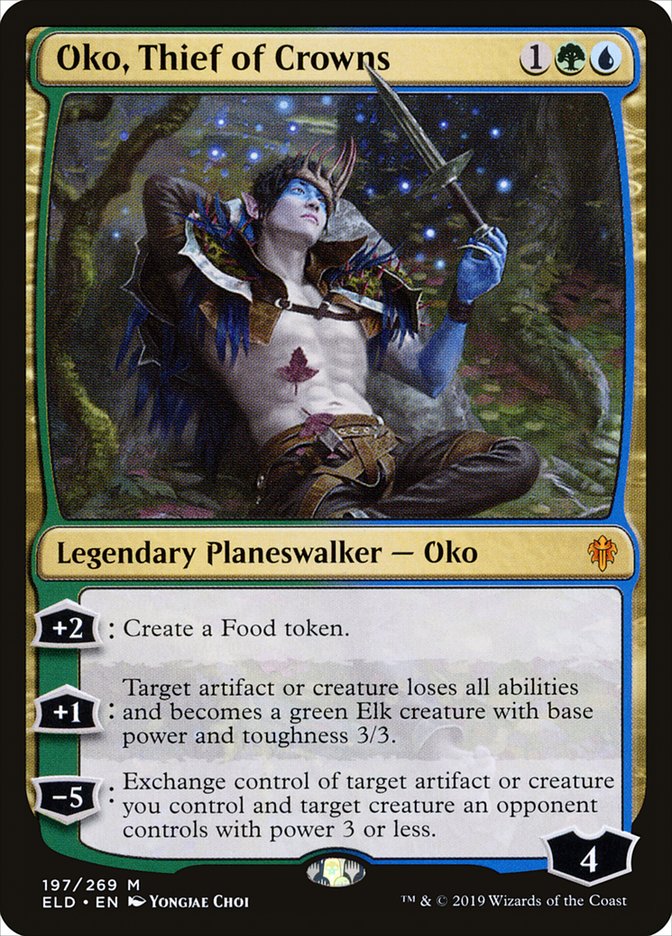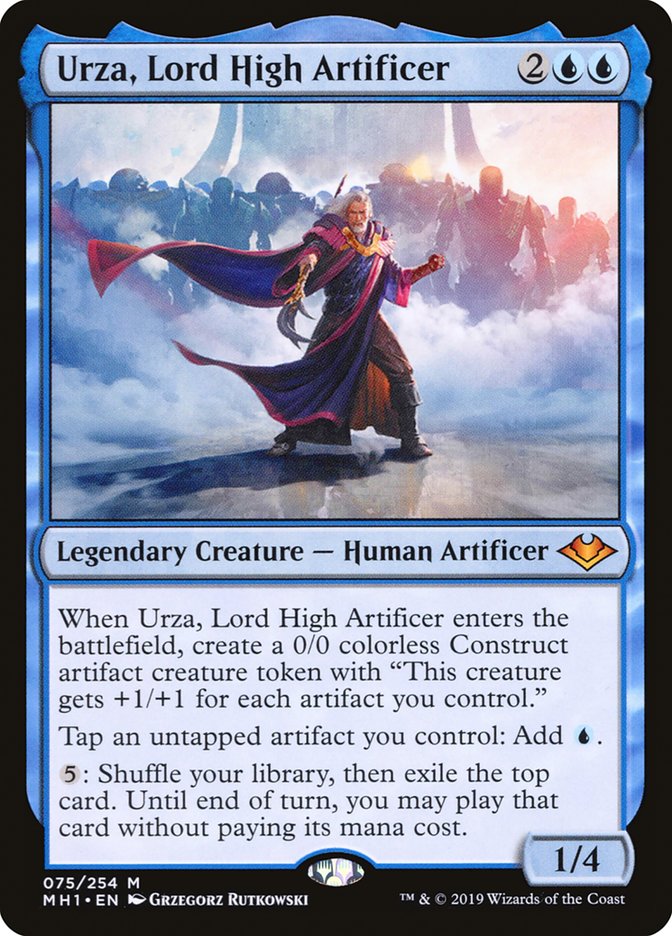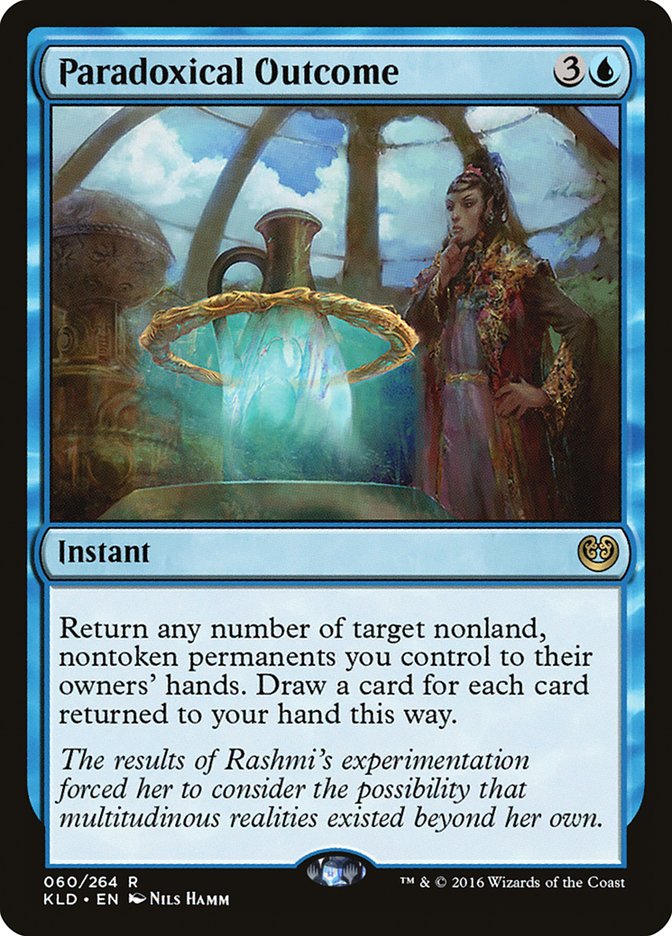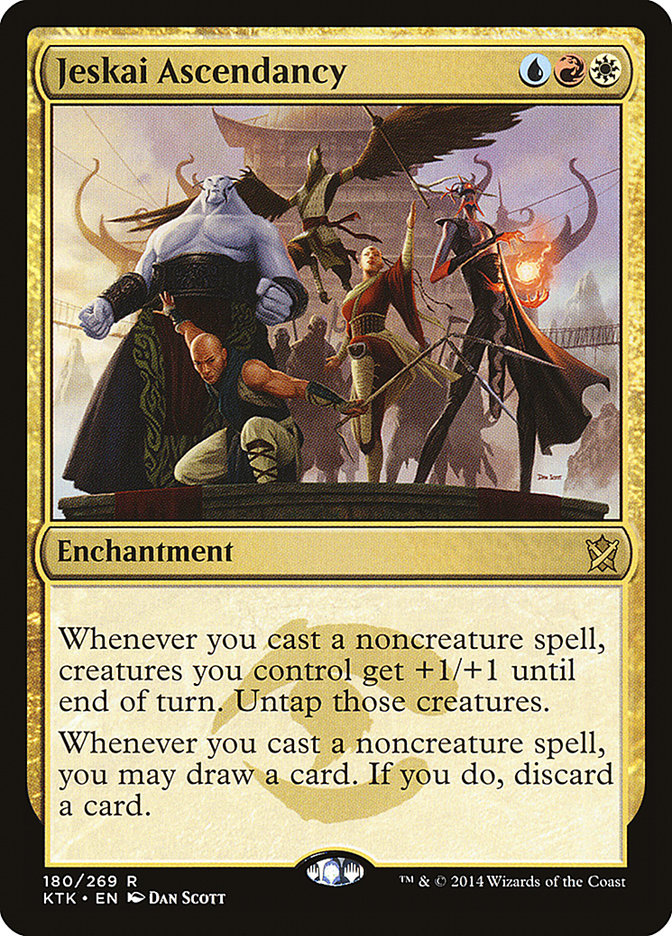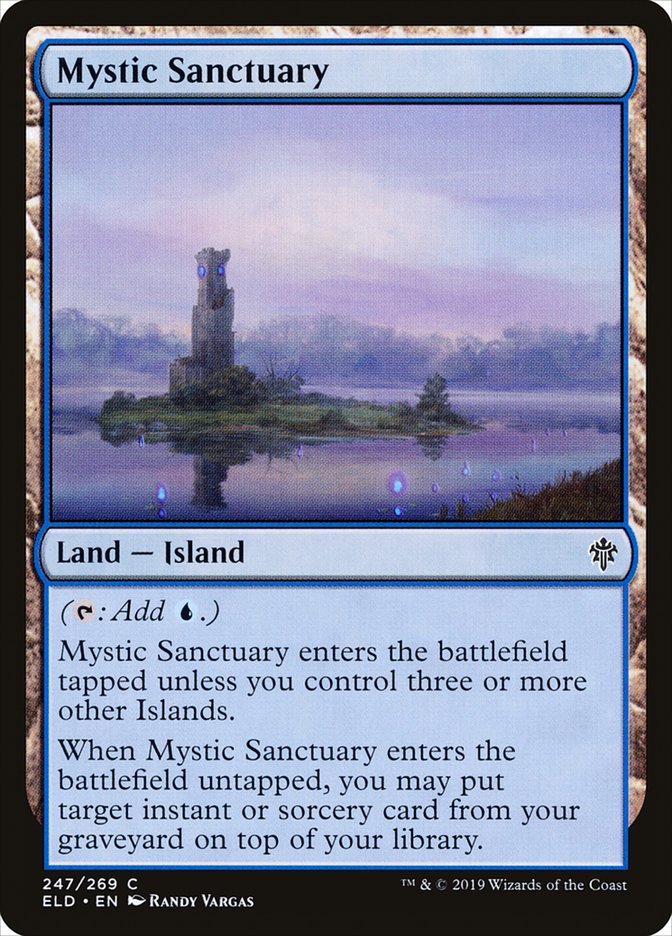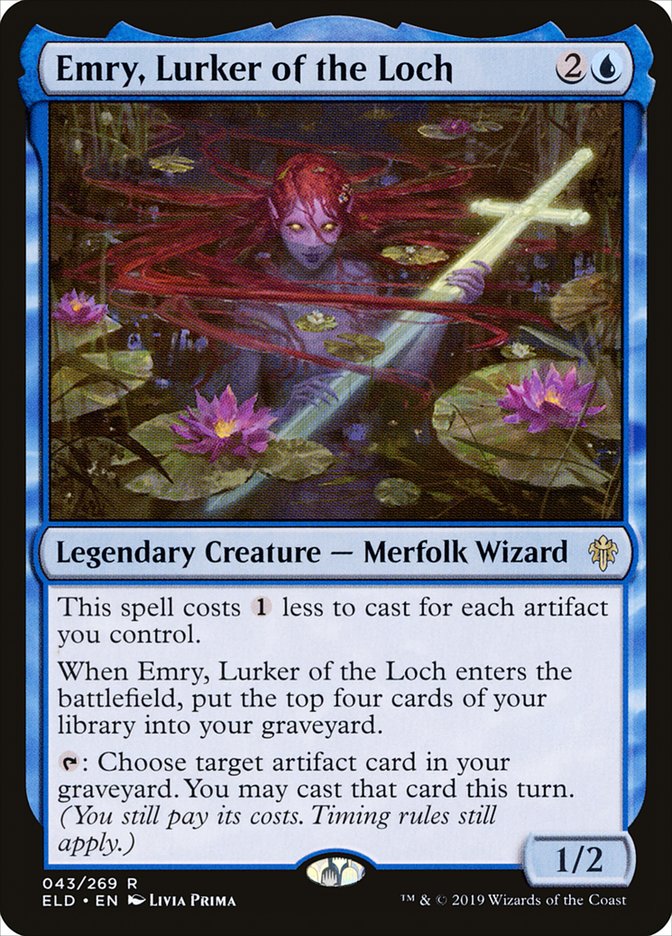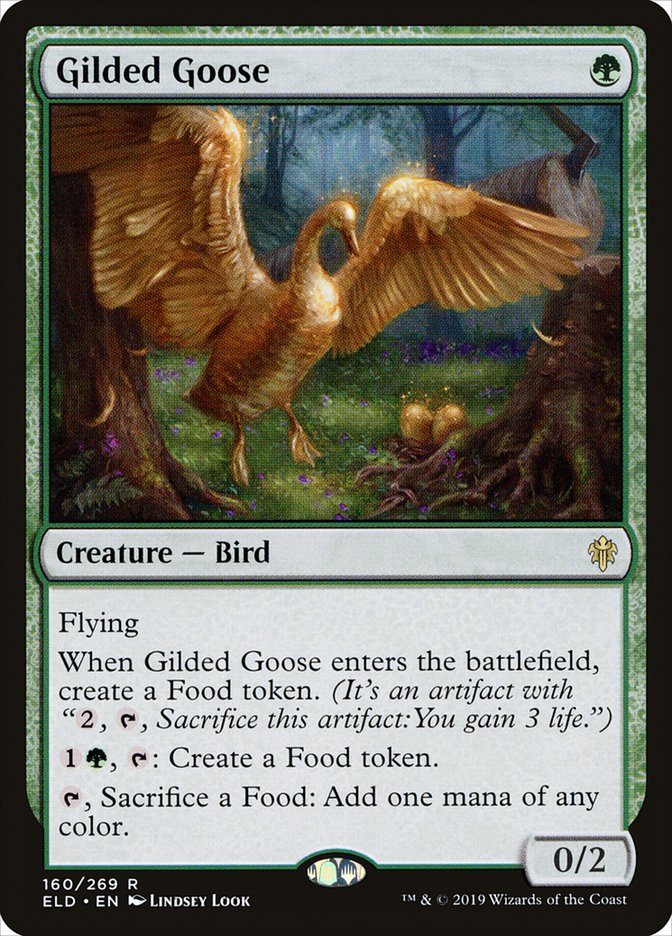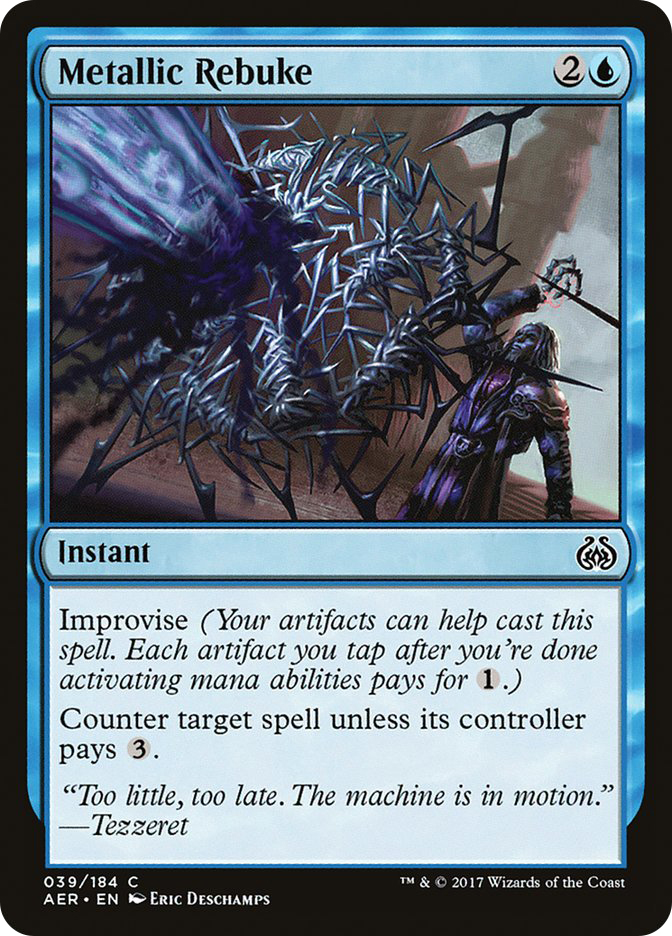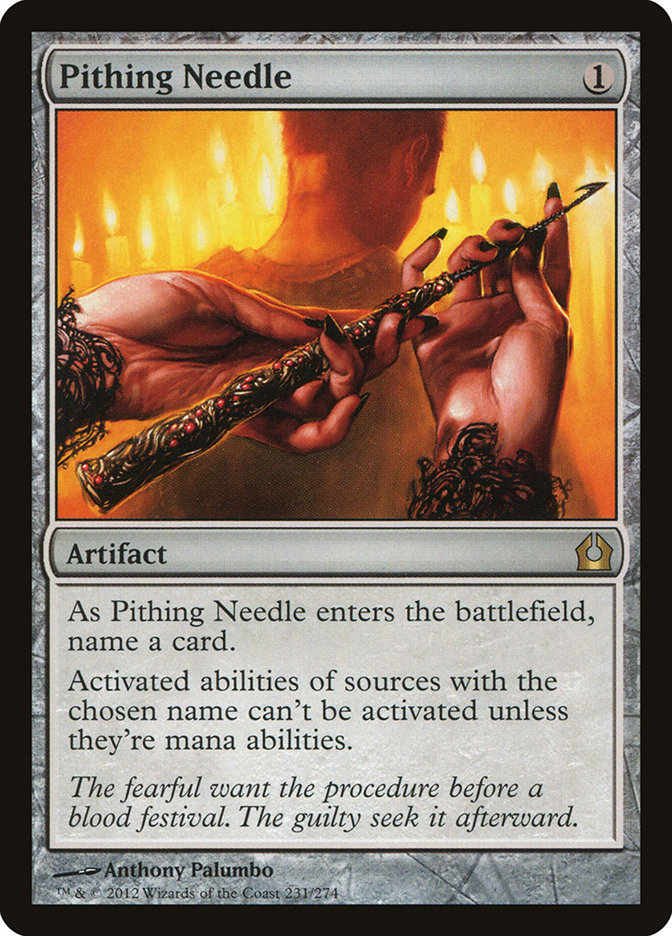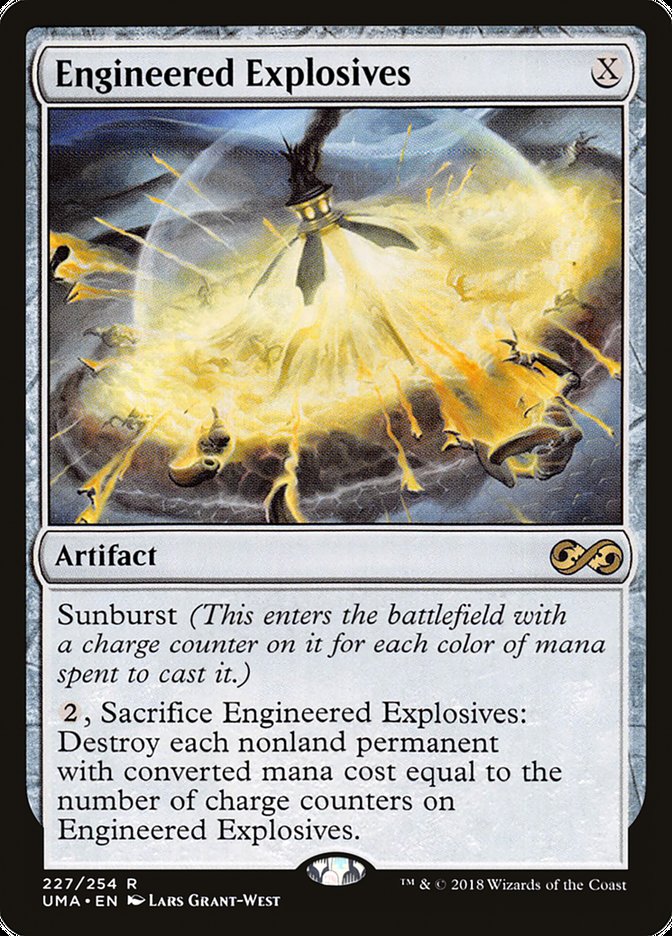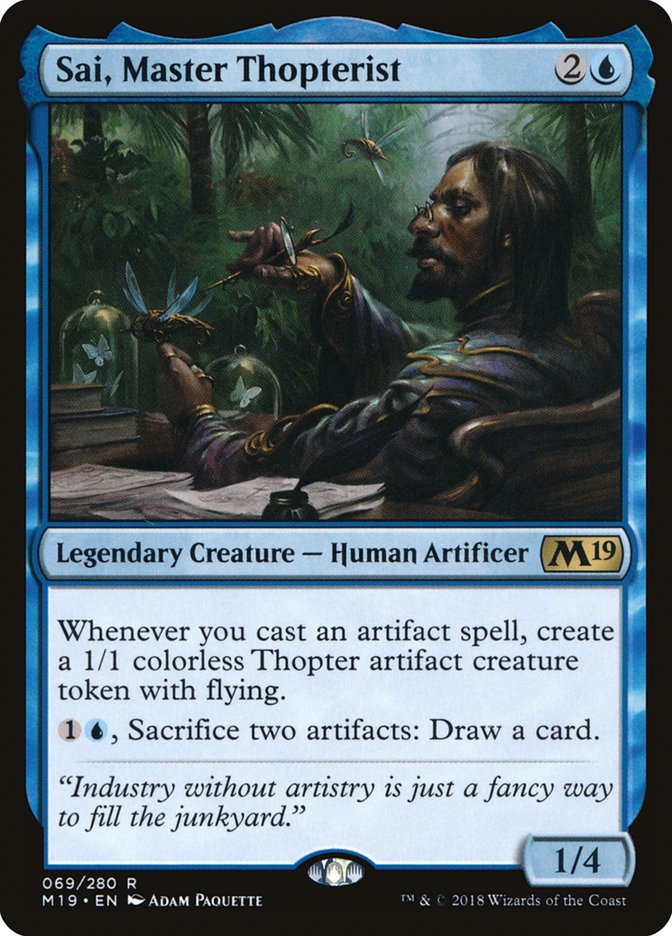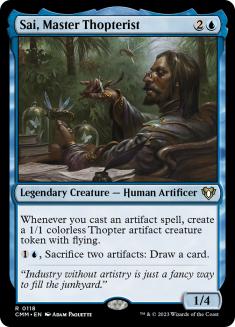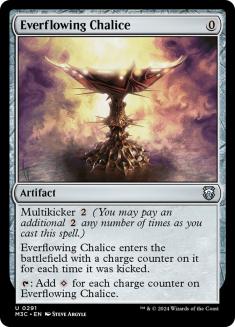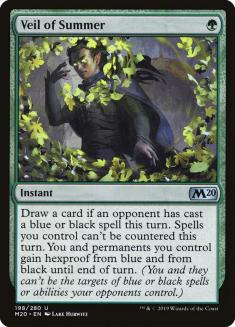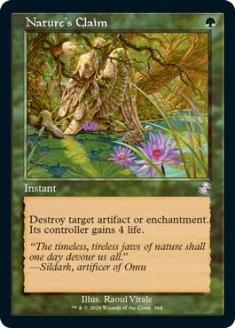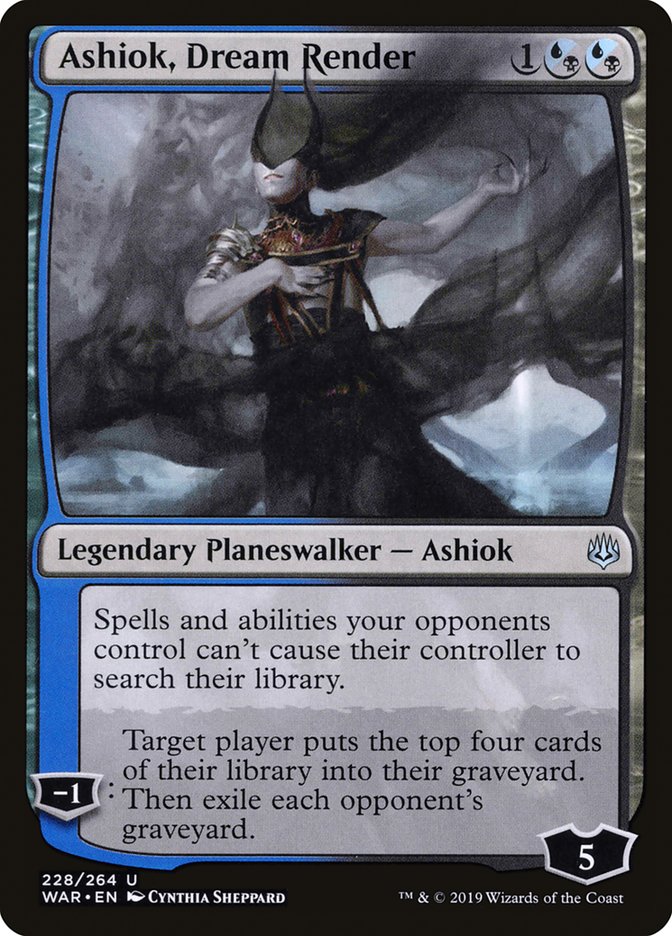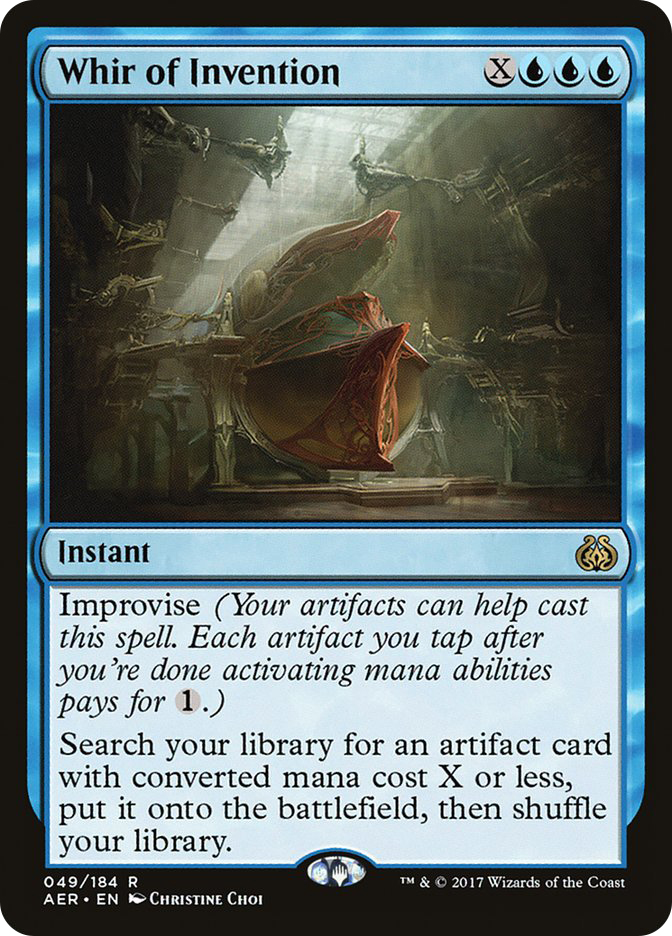I had a great time battling at the Season Two Invitational at SCG CON Winter, managing to lock up a 19th-place finish. If you’re looking to read about the Golgari Field deck I battled with in Pioneer, I highly recommend reading [author name="Sam Black"]Sam Black’s[/author] article on the subject. As far as Modern is concerned, we both knew going into the Invitational that Urza, Lord High Artificer decks (most notably Simic Whirza) would be the most popular decks and would also make up a much higher metagame percentage than we’re used to the “best deck” doing in Modern.
That said, I was hesitant to pick up Simic Whirza myself. I’ve been burnt enough times by trying to play Midrange decks in Modern, and whilst access to Mox Opal allows you some more powerful openings than we’d traditionally see from Midrange, I couldn’t shake the feeling that these decks were ultimately very fair. On top of this, it felt like a lot of Simic Whirza’s win percentage was coming from the manner in which Oko, Thief of Crowns allowed the deck to constrict what you can get away with doing in the format, and for the people who recognised and respected this (which seemed likely at a high level event like the Invitational), the notion of playing a deck other than Simic Whirza was not actually unreasonable.
Among all this, I couldn’t really work out why the card Paradoxical Outcome had outright disappeared from Modern. It felt like people abandoned Urza Outcome in order to mess around in the Jeskai Ascendency space, found the Ascendency decks lacking, and as a result wrote off combo Urza shells altogether. The midrange Urza decks that popped up immediately following the disappointing showing from Urza Ascendancy were also just very cool, and weird, and distracting, and on top of all this did offer the huge bonus that Oko lets you play very well against people targeting your deck by turning Chalice of the Void or Collector Ouphe or whatever else into an Elk.
I wasn’t convinced that Urza Outcome was as ill-suited to the format as the lack of play it was seeing might make you think, and felt like the deck was very capable of incorporating some of the innovations of the midrange Urza deck. So I tried out the deck for a few Leagues on Magic Online, and I didn’t really stop winning with it.
Creatures (11)
Planeswalkers (2)
Lands (18)
Spells (29)

Sam Black, Josh McClain, and I all played within a few cards of this at the Invitational and I assume we were the sum total of Urza Outcome players in the tournament (I certainly didn’t see anyone else playing it, at any rate), and all of us made the second day of competition. Relatedly, we were all crushing Urza mirrors throughout the weekend. I played against midrange Urza decks of various flavours four times across the eight Modern rounds, won three of those and drew the final one, which largely lined up with my expectations heading into the weekend. Sam and I felt like we were ahead in the matchup after testing it against each other, but more on that after I’ve talked about the specifics of this list.
For those not familiar with the archetype, check out my Paradoxical Urza 101 article; it’s a bit out of date, yet explains what’s going on here well. The biggest gain for the deck since I wrote that article is Mystic Sanctuary, which is so powerful in this deck that I added a second copy and can’t imagine ever going back. Sanctuary beautifully sets up combo turns by stacking a Paradoxical Outcome on top of your deck in your opponent’s end step, and can also allow you to keep comboing off too if you haven’t played your land drop for the turn; it makes the deck both more resilient against interaction and more consistent when it gets to its explosive turns. On top of this, the card makes your sideboard cards much more powerful; if you draw one Disdainful Stroke, then access to Mystic Sanctuary means you actually drew as many as three copies by recycling that Stroke, for example.
Emry, Lurker of the Loch needs little introduction by this point. One of the coolest things about her in this deck specifically is she helps allow you to play Mox Amber. You can’t really go overboard on either card as too many legendary cards in a deck that is looking to get as many cheap permanents on the battlefield as possible starts to become a liability, but I’ve generally been pretty happy with the card’s ability to both contribute extra permanents towards a big Paradoxical Outcome or allow you to pivot roles and grind out card advantage in slower matchups. Notably, Emry is a bit more consistent in this deck than in the midrange Urza builds as you have a higher density of cheap artifacts that you can mill into off her enters-the-battlefield trigger.
Gilded Goose looks like a weird inclusion at first, and Josh ended up not being convinced enough by the card to play it, but I am a fan of the card in small numbers. It does everything it does in the midrange Urza lists, letting you ramp out early threats, gain a steady stream of life to buy time against attackers, and use your mana to make Food tokens that later become functionally Mox Sapphires once you have an Urza on the battlefield.
Here, though, it does something really cool, as any opening hand that includes Gilded Goose, Mox Opal, and Paradoxical Outcome is very likely to be able to cast a Turn 2 Outcome to draw a few cards, and then immediately recast the Goose off the Opal to regain your Food and have the Goose ready to make mana all over again, an incredibly powerful opening. On top of this, the presence of Gilded Goose makes smaller combo turns more effective against decks that can burn you out, as your Paradoxical Outcomes will often dig you in to a Goose that you can then cast and use to gain a few life before passing the turn back.
The main reason for not playing more Geese is that the deck is fairly sparse on green mana, especially on combo turns where you’re leaning heavily on the green mana from Opal to be able to recast bounced Geese, but the first couple of copies have felt quite impressive to me.
Metallic Rebuke and Pithing Needle as singletons in the maindeck are both there to shut off opposing outs when you have combo turns. It’s pretty rare that you get to outright mill your opponent out with Grinding Station and so you’ll often have to let them untap and have one last turn, but Rebuke helps combat any spells they have to try to clear your battlefield or kill you, whilst being able to dig to a Pithing Needle can shut down opposing sweepers like Engineered Explosives and Oblivion Stone.
In the sideboard I’m a fan of white over black as the tertiary colour, partially due to the growing popularity of Veil of Summer being a natural counter to any black removal and discard spells you’d play, and partially because Path to Exile is dramatically better against Grixis Death’s Shadow than Fatal Push is and that is a matchup I want to respect a lot at present. The Hallowed Fountain in the sideboard was Sam’s idea, and looks very weird, but you really want two Mystic Sanctuaries in the maindeck, and you also want as many Snow-Covered Islands as possible in the maindeck since it is so hard to keep an opening hand that can’t access one, so putting the Hallowed Fountain here allows you to keep the Snow-Covered Island density high enough.
So, Why Does Paradoxical Outcome Break the Urza Mirror?
Initially I was sceptical of the notion that Urza Outcome would be favoured against the midrange Urza decks, but as I played games in testing, it felt increasingly clear that this was the case, and these results carried through to the Invitational tournament itself. So, what exactly is up here?
For starters, Paradoxical Outcome gets to freeroll some games in the matchup when the midrange Urza player doesn’t draw relevant interaction. If both players are just doing their thing, your thing is dramatically more powerful and ends the game much more swiftly. The midrange Urza deck does not have enough counterspells to reliably fight over your Paradoxical Outcomes in Game 1, and then in the sideboarded games you have Veil of Summer to fight through the additional interaction their deck gains.
In addition to this, Paradoxical Outcome as a card is very good at fighting through the midrange Urza deck’s interaction. You can cast it in your opponent’s end step to pressure their countermagic, or sniff out that they just don’t have a counterspell. It also plays well against Oko, Thief of Crowns, allowing you to save a creature of yours that your opponent uses up five loyalty in an attempt to steal or bounce an Elk’ed Urza to your hand so that it can be replayed with all the abilities it once had before its prior transformation.
The midrange Urza decks do have counterplay available to them, which matters but much less so provided you’re aware of it. Engineered Explosives to clean up your zero-mana artifacts is scary in theory, but this just motivates me to not deploy too many of them until I’m ready to draw some cards; sometimes Paradoxical Outcome even gets to save your zeros in response to an Explosives being sacrificed if you’re patient.
Engineered Explosives on zero is also pretty good against your token makers, and Oko is similarly good at shutting down Sai, Master Thopterist, but you can sideboard away from this plan slightly; the games are slow enough that you don’t need a critical mass of token producers to draw into. The games being so slow really is a big part of the equation here too, as the midrange Urza deck is very slow to actually kill you and the game going long naturally favours the person with Paradoxical Outcome in their deck since that card becomes better and better the more random artifacts you’ve drawn into to return with it.
The single maindeck Pithing Needle has been impressive enough to me in the matchup that I’m tempted to add a second to the sideboard to bring in. Emry, Engineered Explosives, Oko, and Thopter Foundry are all situationally great cards to name, and sometimes you’ll Outcome your Needle to your hand to gain access to your Emry’s ability for one turn only to then replay the Needle afterwards so your opponent still can’t use theirs.
Out:
In:
Sideboarding in the matchup is incredibly tricky and depends a lot on the exact texture of your opponent’s deck, though the above approach is a decent starting point in the dark. Everflowing Chalice is heinous against Engineered Explosives and kicking Chalice on Turn 2 can make it hard to hold open countermagic, so I’m keen to have it nowhere near my deck in sideboarded games. Sai lines up awkwardly against both Oko and Explosives, though if I think my opponent is on a build that is heavy on Thopter Foundries and light on Okos, he becomes at least as good as Saheeli as Sai’s Thopters can help buy you a turn or two against an opposing Foundry.
The games go long enough sometimes that Mystical Dispute can actually become awkward, but it’s potent in the developmental turns both for stopping opposing Okos, Urzas, and Emrys, and also for forcing through your own threats with Veil of Summer aiding in this latter role. I’ve been bringing in Nature’s Claim to hedge against Damping Sphere and pick off opposing Pithing Needles, though the card isn’t great and I’m pretty happy to not bring it in to make room for other sideboard cards instead if something is more appealing.
If you need to sideboard out more cards, you can easily trim on Gilded Goose and Grinding Station. Emry is fine to trim on the draw too since she lines up poorly against Oko and can be hard to deploy early if you want to hold open Veil or Dispute, although it’s nice that even if your opponent does Elk your Emry, she can hopefully provide enough pressure on the Oko that you significantly slow down your opponent’s development and the speed at which your opponent can threaten a -5 with their Oko.
Whilst Ashiok, Dream Render is poor against the fairest, most midrangey builds, this card is actively great against Urza builds that are heavy on Thopter Foundry and Whir of Invention. If I see Karn, the Great Creator in my opponent’s deck, I am immediately sideboarding in both Ceremonious Rejections, partly in an effort to counter Karn, and partially because if you combo off when there’s a Karn on the battlefield then you have to put yourself in a position where you can let your opponent have at least one more turn during which an opposing Engineered Explosives threatens to undo all your hard work; Rejection is great here for helping prevent that Explosives from ever hitting the battlefield.
Oko is a strange one. On the draw I rarely bring in the card against other Urza decks, I think we’re a worse Oko deck due to having fewer Geese and I’d rather just focus on comboing, considering that an opposing Oko coming down first can make ours look fairly ineffective. I think the card is better on the play though since it can come down before your opponent can make one, is better if you see Damping Sphere since it’s another answer for that annoying card, and is better if your opponent has multiple copies of Thopter Foundry also since there’s pressure on you to disrupt their combo. If I’m bringing in Oko, I’m much keener to keep both Geese in my deck and am more willing to trim a third token producer to free up space for some more expensive spells.
Outcomes Await
I don’t think Urza Outcome is perfect; in particular it can struggle against decks that are trying to target the midrange Urza decks because it is worse against hate, and this fact cost me my win-and-in for the Top 8 of the Invitational as I struggled to deal with Eldrazi Tron’s Chalice of the Voids. In exchange for paying this cost, I believe you gain a very real edge in the Urza mirrors and just in a general sense, killing my opponents is what I want to be doing in Modern and Urza Outcome is much more effective at doing this.
For now, I am excited to tap an awful lot of artifacts and draw an obscene number of cards.


